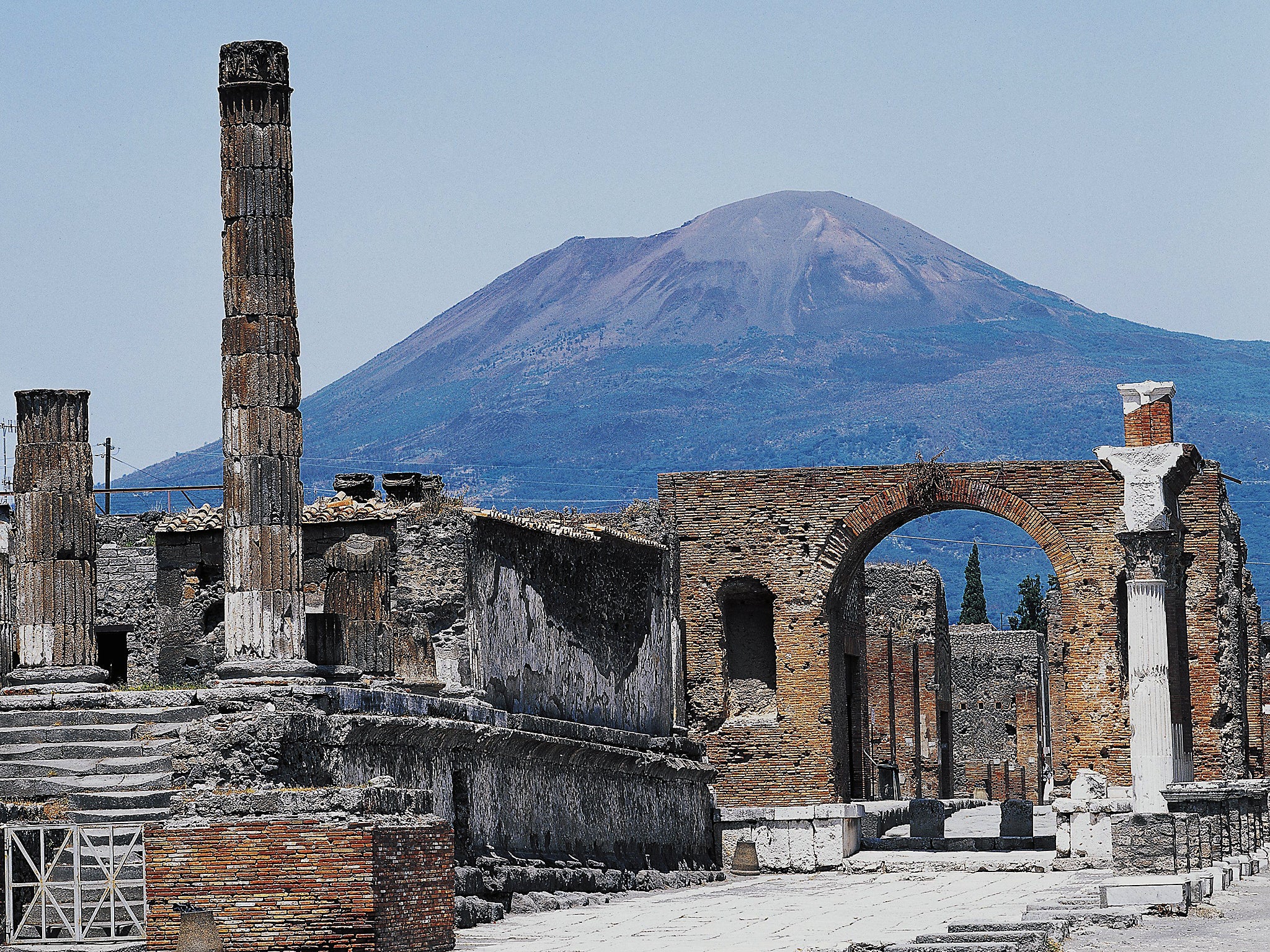Volcano on Rome’s doorstep is slowly reawakening
Increased activity below the earth’s surface suggests volcano just 10km from the Italian capital is getting close to another eruption

Your support helps us to tell the story
From reproductive rights to climate change to Big Tech, The Independent is on the ground when the story is developing. Whether it's investigating the financials of Elon Musk's pro-Trump PAC or producing our latest documentary, 'The A Word', which shines a light on the American women fighting for reproductive rights, we know how important it is to parse out the facts from the messaging.
At such a critical moment in US history, we need reporters on the ground. Your donation allows us to keep sending journalists to speak to both sides of the story.
The Independent is trusted by Americans across the entire political spectrum. And unlike many other quality news outlets, we choose not to lock Americans out of our reporting and analysis with paywalls. We believe quality journalism should be available to everyone, paid for by those who can afford it.
Your support makes all the difference.A dormant volcano just outside Rome could be slowly reawakening, scientists have said, raising fears of a Pompeii-style ash-and-rock cloud sweeping across the Italian capital.
An eruption in the Colli Albani Volcanic District (CAVD), which is around 10km from Rome, would have a devastating impact on much of the city.
In a study published in the journal Geophysical Research Letters, an international team of researchers reported that the ground in the region is rising by 2-3mm per year and underground chambers located several kilometres below the towns of Ariccia, Castel Gandolfo and Albano are filling up with magma – signs that the previously dormant volcano is rumbling back to life.
Satellite imagery and seismographic charts also record the volcano’s slow awakening.
However, while the volcano’s increased activity is a cause for concern, experts believe a possible eruption could still be 1,000 years away.
Previous studies have suggested the volcano tends to erupt around every 40,000 years.
But now scientists believe that could be narrowed to 30,000 years – bringing the prospect of an eruption much closer.
If the volcano did erupt, it would produce a huge cloud raining down ash and lava on parts of Rome. The cloud would obscure the sun in countries as far away as Latin America, scientists believe.
Experts say the long gaps between eruptions are a cause for concern because they allow time for large quantities of magma to build up and pressure to mount below the earth’s surface. This means the eventual eruption is likely to be bigger and more powerful.
“When the eruption happens, it has an explosive effect, like opening a champagne bottle after shaking it,” Fabrizio Marra, who led the study, told La Repubblica.
“This sort of process has, for example, caused the string of earthquakes that hit this area at the beginning of the 1990s, with minor quakes and a few cases of magnitude four quakes.”
Mr Marra said people living near the volcano should not fear an eruption – at least not yet.
The more imminent threat is from earthquakes triggered by the increased activity under the earth’s crust.
Earthquakes can, in certain circumstances, trigger volcanic eruptions but this is not currently a risk in Rome because the volcano is still too far away from its next eruption.
Mr Marra said: “It has been ascertained that a seismic event could trigger a volcanic eruption, as happened in the US with Mount St Helens. But it can only happen with a volcano on the verge of erupting, at these levels there is no possible disturbance that could reach the magma chambers.”
The team, from the National Institute of Geophysics and Volcanology in Rome, mapped 600,000 years of the region’s history and assessed the habits of the volcano.
They concluded that the cycle of past eruptions suggest another is due within the next 1,000 years – a finding in line with the increased volcanic activity in the region.
The warning comes as Italy’s biggest earthquake in 36 years left more than 15,000 people homeless in and around the town of Norcia in central Italy.
A number of historic buildings were damaged or destroyed by the 6.6 magnitude quake. In August, 200 people were killed by a slightly smaller earthquake that hit the nearby village of Accumoli.
Join our commenting forum
Join thought-provoking conversations, follow other Independent readers and see their replies
Comments